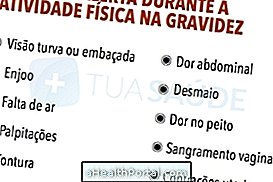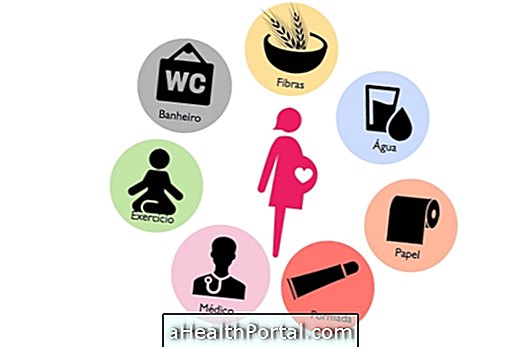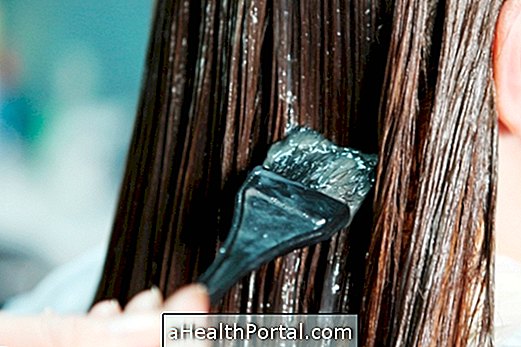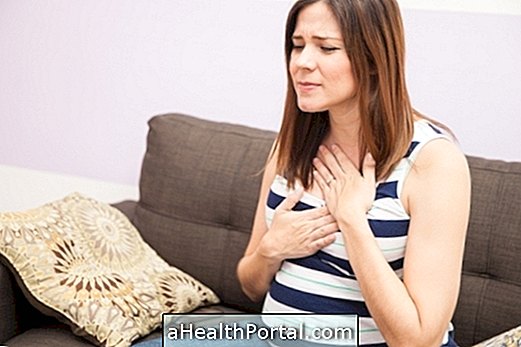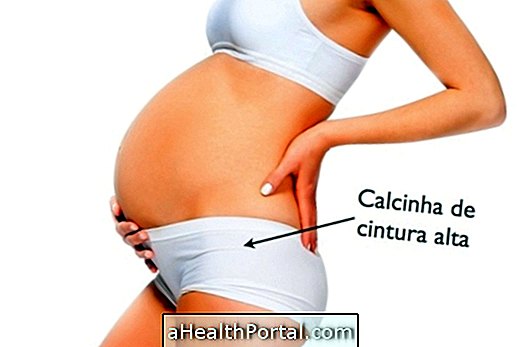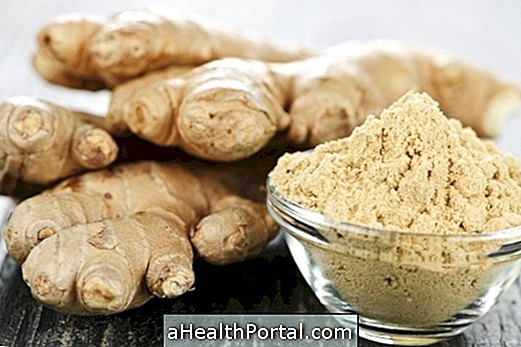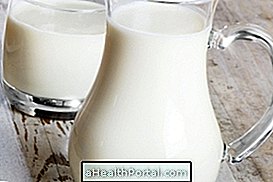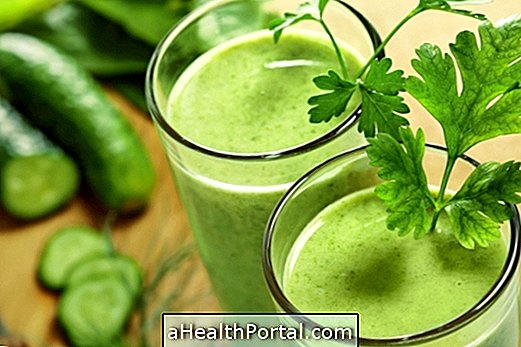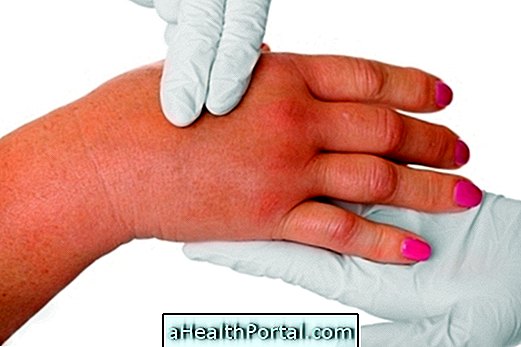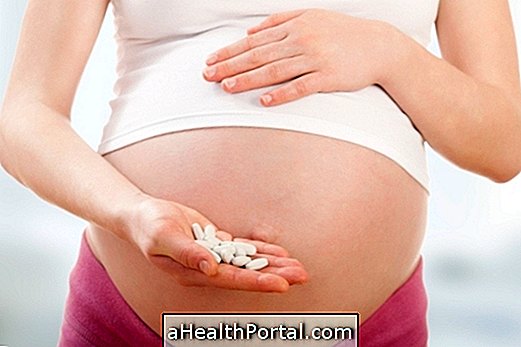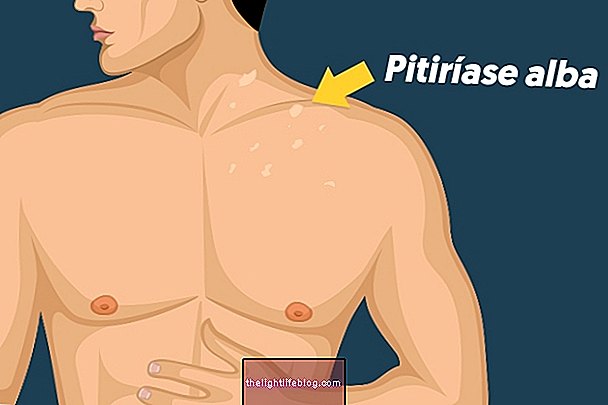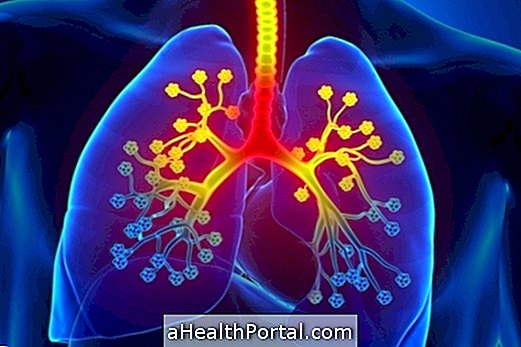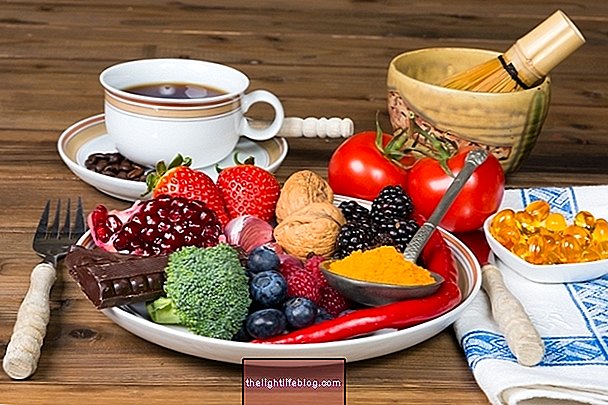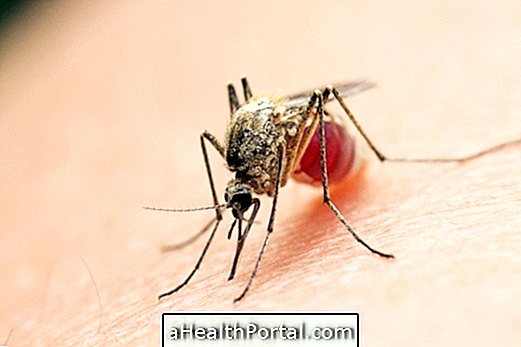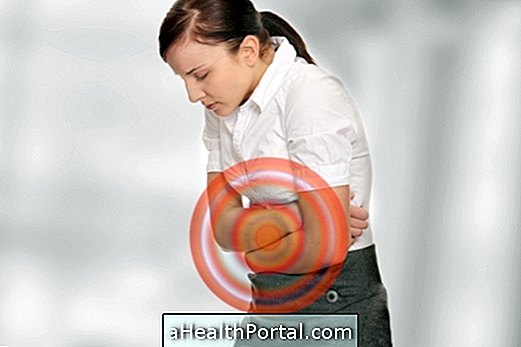To avoid the milk cobblestone it is recommended that always after the baby suckles to check if the breasts have completely emptied. If the breast has not been completely emptied by the baby, the milk can be removed manually or with the aid of a pump. In addition, using a good nursing bra and placing absorbent disks suitable for this phase can help to better accommodate the breast and thus prevent the milk from becoming trapped.
Stoned milk, also called breast engorgement, is caused by incomplete emptying of the breasts, which leads to inflammation of the mammary glands and symptoms such as very full and hard breasts, discomfort in the breasts and extravasation of milk. Breast engorgement can occur at any stage of breastfeeding, and is most common between the second and third day after the baby is born. Understand breast engorgement and major symptoms.
Stoned milk does not harm the baby but can make it difficult for the baby to get the breast properly. What you can do is to remove a little milk manually or with the pump until the breast becomes more malleable and then put the baby to suckle. Here's what to do to treat the milk cobblestones.

How to prevent
Some attitudes that may help prevent breast engorgement are:
- Do not delay breastfeeding, that is, put the baby to breastfeed as soon as you can suck the breast properly;
- Breastfeed whenever the baby wants or every 3 hours;
- To remove the milk with a bombilla or with the hands, if there is much milk production or the milk outlet is difficult;
- Make an ice pack after the baby is finished nursing to decrease inflammation of the breast;
- Put warm compresses on the breasts to leave the milk more fluid and facilitate their exit;
- Avoid making use of food supplements, as there may be increased milk production;
- Make sure the baby is emptying the breast after each breastfeeding.
It is also important to perform breast massage to help guide the bed through the breast canals and become more fluid, avoiding the milk cobblestones. Here's how to massage the bare sinuses.

